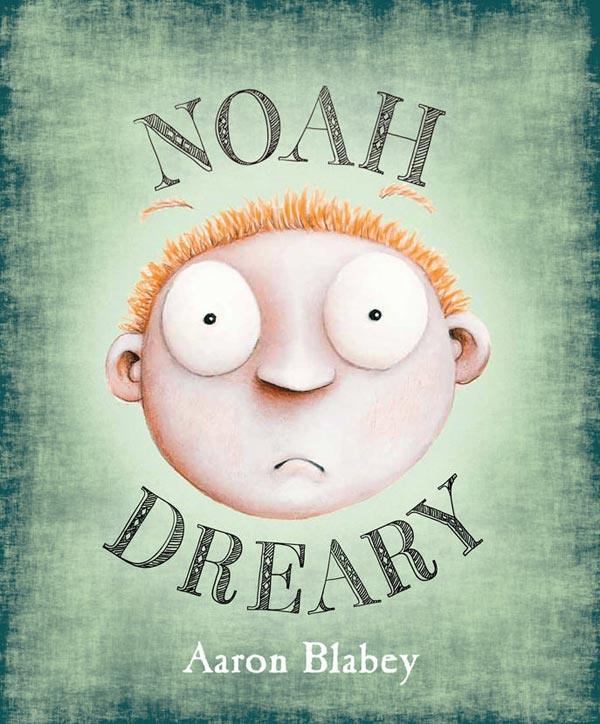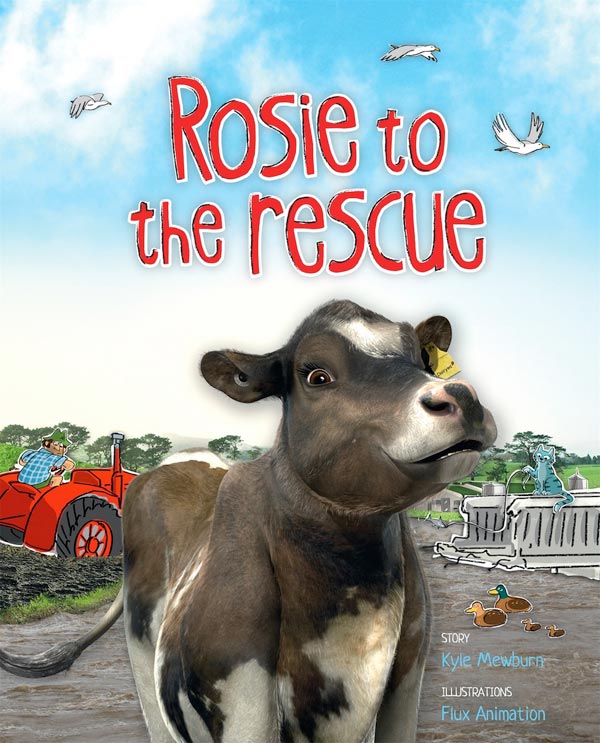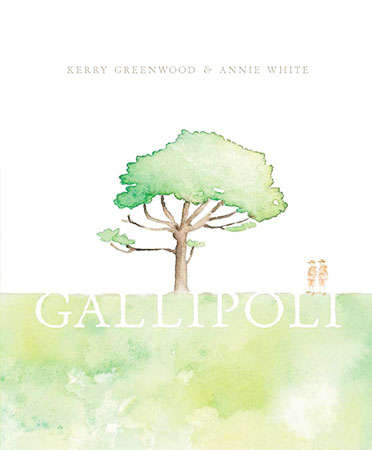H I Cosar read and reviewed A Lemon for Safiya, a new release for author Jemima Shafei-Ongu and illustrator Nisaluk Chantanakom. Here she puts a series of questions to Jemima who graciously responds in detail.

Congratulations on the publication of two new books – could you tell us a little about your journey to publication?
Thank you so much.
My road to publication of picture books has been a long one. My debut picture book, Aslan and Benny, took nine years to publish. From initial interest with a publisher in the UK where I was providing edits during our family gap year in Turkiye in 2017, to industry uncertainty during COVID, then almost self-publishing before a serendipitous meeting with an editor from Penguin Random House; you could say that the journey took me around the world and back.
I wrote A Lemon for Safiya in mid-2020 (which is a June 2025 release). After submitting it online to a few publishers, it was acquired after a connection with a person from Hachette at a children’s book conference in 2022. It took a bit of time to find the perfect illustrator, but Nisaluk Chantanakom’s illustrations were worth the wait!
Throughout my publishing journey, I’ve met a lot of lovely people, learnt a LOT about publishing and process, and developed a clarity into the landscape of picture books and how picture books that give voice to under-represented groups, are a desperately needed part of this landscape.
Why do we need books like A Lemon for Safiya and Aslan and Benny?
Both books contribute to children’s social and emotional learning by exploring themes of fear, values, and family connections (Aslan and Benny); as well as curiosity, compassion, respect and community (A Lemon for Safiya).
Above all, stories like these normalise diversity. They do this in many ways, but notably, both A Lemon for Safiya, and Aslan and Benny, feature protagonists from traditionally underrepresented groups. In so doing, they allow the reader to connect with the themes of the story, while freeing the reader’s subconscious mind to absorb the inclusive representation of characters – a truer representation of the world in which we live. Traditionally in picture book publishing, these characters were peripheral, misrepresented or non-existent.
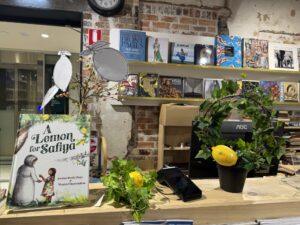
I understand that both books were inspired by lived experiences. How important do you perceive this to be?
For me, most of my writing inspiration comes from lived experiences, so I feel authentic writing these stories. What is important to me is the use of ‘own voice’ in my writing – the idea that the author shares the same identity with their protagonist.
Beyond English, I am fortunate enough to speak both conversational Arabic and basic Turkish and have been immersed in cultural experiences connected to these languages, both within my family and community. Both my books feature protagonists from these culturally and linguistically under-represented groups. I may not always write from these perspectives, (I am an in-betweener whose identity was formed based on multi-layered and complex experiences), but what my voice brings to the table, or rather the landscape of children’s literature for now, is part of my lived experience.
Words in language are interspersed throughout your books. Kirli Saunders does this a lot, and I love it; I think it’s one of the elements of your work that stands out. Can you tell us more about this?
I love the use of translanguage in books – the intentional use of multilingual words in a book to convey natural multilingual communication. This challenges linguistic boundaries, celebrates diverse voices, and gives readers an opportunity to interact with the diverse linguistic tapestry of human speech.
Both A Lemon for Safiya and Aslan and Benny provide what Rudine Sims Bishop (children’s writer and literature scholar) referred to as ‘mirrors’ and ‘windows’. Mirrors provide children with experiences which reflect their own experiences – where they see themselves (especially for children from Arabic and Turkish speaking backgrounds); while windows provide an opportunity to look out at experiences different from their own.
When children see themselves, it creates a sense of pride, familiarity and validation. In turn, children feel a stronger sense of connection to society and an empowering sense of belonging. These are building blocks for creating greater harmony in our world.
Sims Bishop also coined the term ‘sliding doors’ to describe books that provide opportunities for readers to step into a reality different from their own, and to interact and participate with the story in a meaningful way. For non-Arabic and non-Turkish speakers, I feel my books provide ‘sliding doors’ through their interaction with the translanguage in my books.
What inspired you to write a story centred on navigating a loved one’s dementia, particularly within a migrant community context?
A Lemon for Safiya was inspired by a real-life situation that happened twenty years ago, when our family was living in Melbourne. There, we encountered an old woman by the side of a busy road, feet dangerously close to passing traffic. Some of the heartfelt things that happened that day are not too dissimilar to what happened to the old woman in A Lemon for Safiya.
Once we moved back to Sydney, I worked with many children in multicultural south-west Sydney who’d had grandparents in their lives that were impacted by dementia. They struggled to understand their relatives’ unusual behaviours, and we often tried to make sense of these relationships together.
It wasn’t until I entered a writing competition about 5 years ago that this Melbourne memory triggered by the competition’s specific writing prompts (some of which included the words lemon, palm and stain), that my subconscious unearthed the beginnings of this picture book story.
There are many wonderful picture books with characters who live with dementia but almost all of them feature a protagonist who is related to them. I wanted to create a story that was more applicable to a community setting. When we’re out and about, many of us encounter situations where a stranger may be acting unusually or unconventionally, but too often, we simply walk right past. I wanted to humanise this group of people, to explore and confront our treatment of them as invisible; hence grounding the story through the curious eyes of a child.
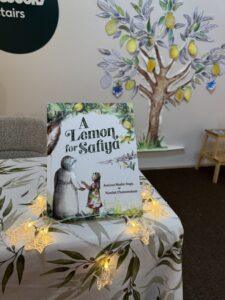
How did you approach the representation of dementia in a way that is both respectful and authentic to the experiences of those living with it?
In the story, I tried to emphasise the importance of connection, gentleness, and consent with the old woman (who we learn is named Maryam). The aim to help should include helping to keep the person calm and safe. This was especially important when big emotions were triggered by Maryam’s older memories. Safiya’s mother speaks the same language as Maryam, and she ensured including her in their communication about her, without trying to challenge, correct or probe her. They sought to keep their interactions with her relevant to the moment.
It was important to me that the story telling strived for a ‘do no harm’ approach. A grant with Create NSW helped me to increase my knowledge and consolidate my learning about dementia. I did this by completing an ‘Understanding Dementia’ course with Tasmania University. I also consulted extensively with a highly experienced dementia specialist (who’d also been an educator in the course) and with community members who had lived experience of a family member with dementia.
My publisher at Hachette was happy to consult with this dementia specialist at several stages throughout the editing and illustrating process.
I think one of the most important things to remember is that while there are some common features, such as confusion or memory loss in people with dementia, every person’s experience of dementia is unique to that individual. Additionally, the features of mental decline – and their impact on the individual- vary depending on the type and stage of dementia the person has.
In what ways do you believe family and community connections shape the experiences of individuals dealing with dementia, especially in collectivist cultures?
I think as a community, we have a responsibility to treat our elders with respect and compassion. This is particularly important in collectivist cultures, where elders are seen as an essential part of the family unit. Traditionally, when elders became old and required extra care, they were incorporated into a family member’s home. This was seen as an obligatory cultural practice which was often fulfilled with a sense of pride and duty, however, as cost of living has become increasingly difficult and as society has become more individualistic (particularly in the West), there’s no straightforward way to answer the latter part of this question. Having a family member with dementia at home ensures their visibility – a stark contrast to the invisibility that our health institutions may create.
How do you think the themes of heritage and tradition are reflected in the text and why do you think this is important for Australians to read about?
Themes of heritage and tradition are reflected in the text in the description of Maryam’s clothes, the memories she recounts, and the fact that she speaks Arabic. It’s important for Australians to read and see these stories because they are an integral part of Australian society and often not represented.
Within the text, Maryam refers to playing within an olive grove, for example, while the illustrations beautifully allude to Maryam’s cultural tradition of olive harvesting. Some other themes seen in the images regard Maryam’s home, and symbols in nature (such as olive leaves and sumac
What artistic choices did you make to depict loss in the text and how do you believe these choices enhance the story’s emotional impact?
This is really a question for the illustrator, but I think she has depicted loss beautifully in the facial expressions of the characters. My favourite spread, where young Maryam holds her child in a warm heartfelt embrace, enhances the story’s impact. It speaks to layers of connection with the reader, but for me, it speaks particularly of the essence of motherhood, and the deepest human need for love and protection. Interestingly, the illustrator has expressed that she came up with several interpretations of this page until she decided on this one, and I think it’s the perfect representation that speaks layers of connection with the reader.
I think the illustrator made some wonderful artistic choices to depict loss in the most sensitive, heartfelt and respectful way. The most obvious of these is the contrasting pages; from clarity and bright colour symbolic of present day, to hazy, rough drawings, and a simpler colour palate to indicate confusion and memory.
How do you hope readers interpret Maryam’s longing for home, and what message do you want to convey about the significance of belonging?
I think everybody wants to feel like they belong, and they have a place to call home – it is fundamental to being human, to feeling safe in our lives. Belonging means being able to be in spaces where people respect, accept and value you. Maryam’s longing for home resonates with the experiences of many people who can’t return to a place they once knew as home, whether due to war, displacement, dispossession or forced migration (to name a few reasons). I want readers to understand that while many people pine for a home they may never return to in their lifetime, we can take steps to see them, to understand them, to advocate for, and care for them, to include them, and to help empower them creating connections wherever we can.
Thank you so much for your time- Where can we find out more and what can we look forward to?
You can find out more about me and my work on my writer’s website where I have resources for each of my books including resources for teachers and discussion points.
You can look forward to more picture books by me over the next couple of years. There’s not a lot of details I can share for now, but I can let you know that I have signed two more picture books with a couple of wonderful publishers (Barefoot Books, and Allen & Unwin) and I look forward to signing many more! Thank you so much for this lovely deep dive into my writing.
Read H I Cosar’s review of A Lemon for Saifya here.

